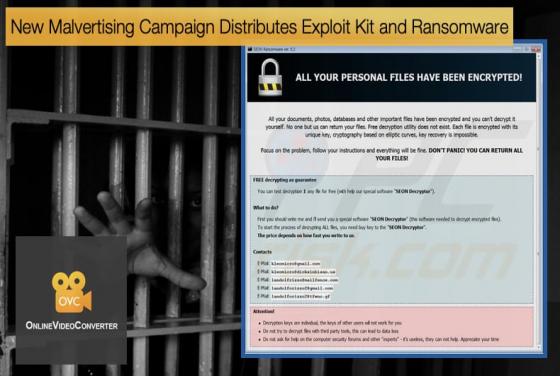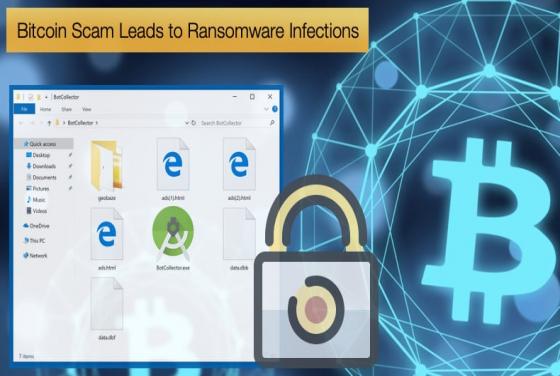

New Malvertising Campaign Distributes Exploit Kit and Ransomware
Researchers at Malwarebytes have discovered a new and large malvertising campaign which targets users of the popular YouTube to MP3 conversion website Onlinevideoconverter. According to SimilarWeb the conversion website is visited by over 200 million users a month, making it clear why it has been ta








